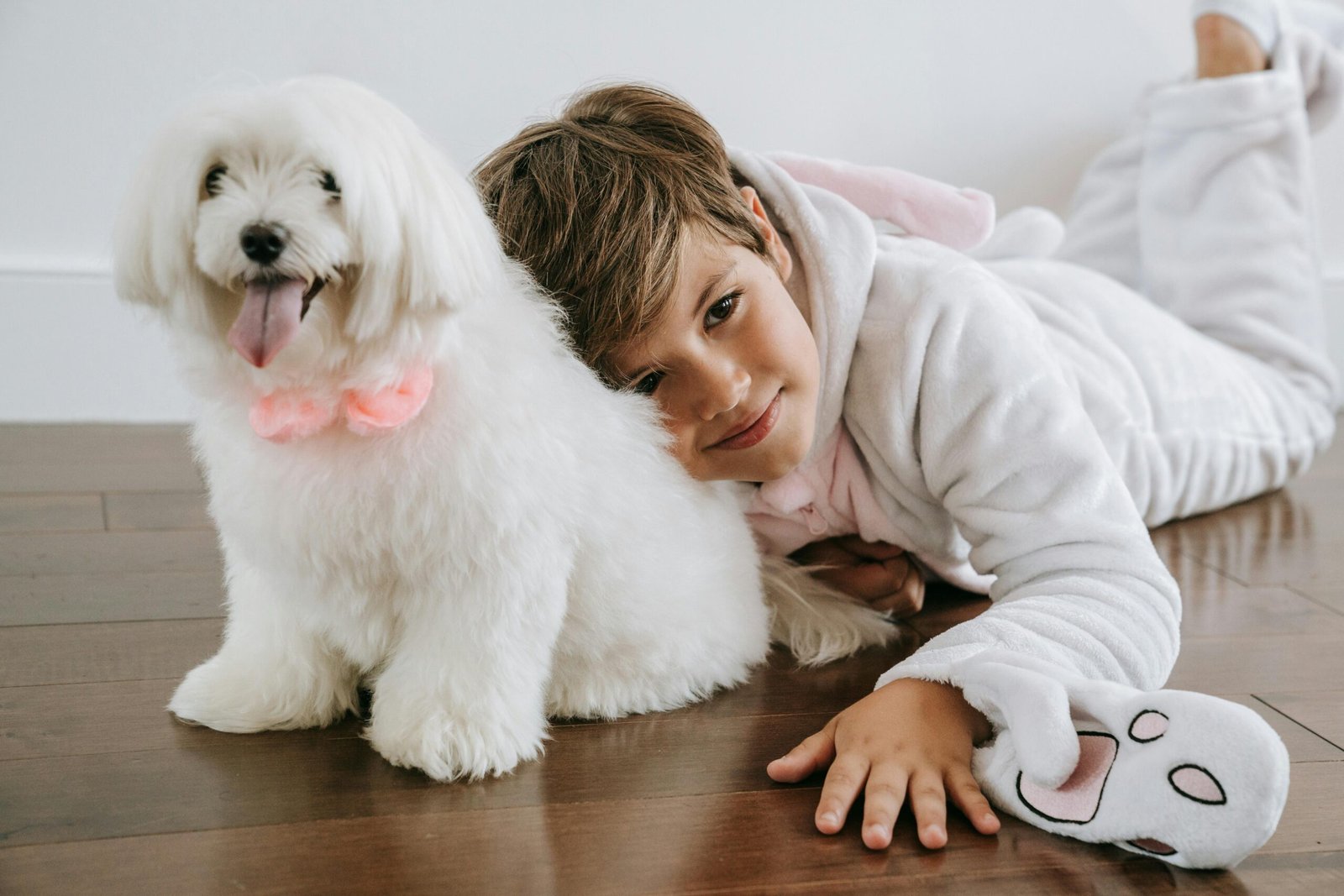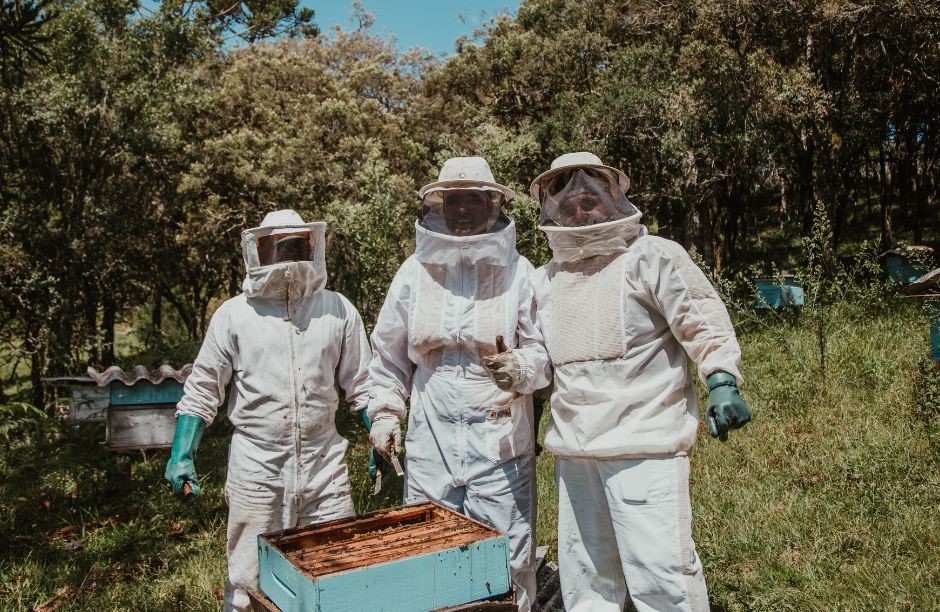As a pet owner, ensuring your furry friends’ comfort and safety is a top priority. When it comes to outdoor pets like cats and rabbits, providing them with a well-designed shelter is essential. This comprehensive guide will explore the key factors to consider when designing the perfect outdoor cat house and rabbit hutch for your beloved pets.
Understanding Your Pets’ Needs
Cats
Cats are natural explorers who enjoy spending time outdoors. However, they also require a safe and cozy space to retreat to when the weather turns unfavorable or when they need some quiet time. An ideal outdoor cat house should provide:
- Protection from the elements (rain, wind, sun, and extreme temperatures)
- A warm and dry sleeping area
- Easy access to food and water
- Adequate ventilation
- Multiple entry and exit points for safety
Rabbits
Rabbits are social animals that thrive in spacious environments where they can hop, play, and explore. A well-designed rabbit hutch should offer:
- Ample space for exercise and play
- Protection from predators and harsh weather conditions
- A sheltered sleeping area with bedding material
- Proper ventilation and lighting
- Easy access to fresh food, water, and hay
Key Features of an Outdoor Cat House
Insulation
Insulate the walls and roof of the cat house to regulate temperature and keep your cat comfortable in hot and cold weather. Materials like foam board, reflective insulation, or straw can be used for effective insulation.
Elevated Design
Raise the cat house off the ground to prevent moisture from seeping in and deter pests. An elevated design also provides better air circulation and keeps the sleeping area dry.
Waterproof Roof
Use a sloped, waterproof roof to direct rainwater away from the cat house. Materials like asphalt shingles, metal roofing, or a tarp can ensure the roof is leak-proof.
Multiple Entrances
Provide at least two entrances to the cat house, allowing your cat to escape if threatened by predators or other animals. The entrances should be positioned at different heights and on opposite sides of the house.
Cozy Bedding
Include soft, warm bedding material like straw, blankets, or cushions inside the cat house for your feline friend to snuggle up in.
Designing a Spacious Rabbit Hutch
Size
The hutch should be at least four times the size of your rabbit when fully stretched out. A minimum size of 6 feet long, 2 feet wide, and 2 feet tall is recommended for a single rabbit.
Multi-Level Design
Incorporate multiple levels in the hutch to provide your rabbit with various spaces to explore and exercise. Use ramps or stairs to connect the levels, ensuring they are sturdy and easy for your rabbit to navigate.
Secure Enclosure
Use sturdy wire mesh for the enclosure walls to provide proper ventilation and visibility while keeping your rabbit safe from predators. The mesh should be small enough to prevent your rabbit from squeezing through or getting stuck.
Sheltered Sleeping Area
Include a sheltered sleeping area within the hutch where your rabbit can rest and feel secure. This area should be lined with soft bedding material like straw or hay and provide protection from drafts and direct sunlight.
Attached Run
Attach a spacious run to the hutch, allowing your rabbit to hop around and exercise freely. The run should be at least 8 feet long, 4 feet wide, and 2 feet tall, with a secure cover to protect your rabbit from predators and escapees.
Choosing the Right Materials
Durability
Opt for materials that can withstand the elements and provide long-lasting durability. Wood, such as cedar or pressure-treated pine, is a popular choice for its sturdiness and natural resistance to decay.
Non-Toxic
Ensure that all materials used in the construction of the cat house or rabbit hutch are non-toxic and safe for your pets. Avoid using treated wood or materials that may contain harmful chemicals.
Easy to Clean
Choose materials that are easy to clean and maintain. Smooth surfaces and removable components make cleaning and disinfecting the shelter a breeze.
Location and Placement
Shade and Shelter
Place the cat house or rabbit hutch in a location that provides ample shade and shelter from direct sunlight, wind, and rain. Avoid low-lying areas prone to flooding or dampness.
Proximity to Your Home
Position the shelter close enough to your home for easy access and monitoring, but far enough away to give your pets some privacy and a sense of independence.
Predator Protection
Ensure the area around the cat house or rabbit hutch is secure and free from potential predators. Consider installing a fence or placing the shelter in a protected area of your yard.
Accessories and Enhancements
Cat House Additions
- Scratching posts or pads
- Perches or shelves for lounging
- Toys and playthings
- Heating pad for colder months
Rabbit Hutch Additions
- Hay racks or feeders
- Water bottles or bowls
- Chew toys and tunnels
- Digging box filled with soil or sand
Maintenance and Upkeep
Cleaning
Clean the shelter regularly, removing soiled bedding, droppings, or uneaten food. Disinfect the surfaces with a pet-safe cleaner to prevent the buildup of harmful bacteria.
Inspections
Conduct regular inspections of the cat house or rabbit hutch, checking for any signs of damage, wear and tear, or potential hazards. Make necessary repairs or replacements promptly.
Pest Control
Monitor the shelter for signs of pests like fleas, mites, or rodents. Implement a pet-safe pest control plan if necessary, and consult with your veterinarian for guidance.
Customization and Personalization
Paint and Stain
Use pet-safe paint or stain to add color or a decorative pattern to the exterior of the shelter. Ensure the paint or stain dries completely before allowing your pets access.
Nameplate or Sign
Attach a personalized nameplate or sign to the cat house or rabbit hutch, featuring your pets’ names or a fun phrase.
Curtains or Awnings
Add curtains or awnings to the entrances of the cat house for added privacy and protection from the elements. Choose materials that are durable and easy to clean.
Introducing Your Pets to Their New Home
Gradual Introduction
Allow your pets to explore the cat house or rabbit hutch gradually, starting with short supervised visits and increasing the duration over time.
Positive Reinforcement
Encourage your pets to use the shelter by placing treats, toys, or familiar bedding inside. Praise them when they enter or spend time in their new home.
Patience and Consistency
Be patient and consistent during the introduction process. It may take some time for your pets to fully adjust to their new environment.
Conclusion
Designing the perfect outdoor cat house or rabbit hutch requires careful consideration of your pets’ needs, comfort, and safety. By incorporating the key features and elements discussed in this guide, you can create a cozy and secure haven for your furry friends to enjoy. With a well-designed outdoor cat house or rabbit hutch, your pets can enjoy the best of both worlds – the comfort and security of a sheltered space and the excitement and stimulation of the great outdoors.





